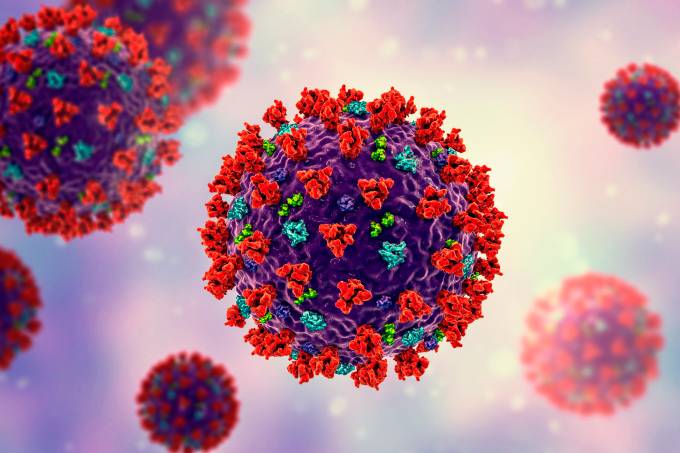Protocol Detail


ACUTE PULMONARY OEDEMA
Pulmonary edema is a condition caused by excess fluid in the lungs.
Diagnosis
Usually fairly obvious clinically.
Brief but full history, usually easier to obtain from relative/ carertaker
Establish precipitating cause:
· Reduction of therapy,
· Arrhythmias (especially. AF, bradycardias),
· Acute Myocardial Infarction and ischaemia,
· Pulmonary embolism
· Systemic infection,
· Myocarditis, endocarditis, cardiomyopathy, valvular disease (rupture or stenosis),
· High output state (Thyrotoxicosis, anaemia),
· Cardiac depressants (B-blockers), sodium chloride retainers (NSAID’s),
· Alcohol
· Adult Respiratory Distress Syndrome,
· Hypoalbuninaemia,
· Eclampsia
Management
1. ABC’s,
2. Sit patient upright,
3. High-flow oxygen,
4. Continuous monitoring,
5. Aim for saturation of >94%
6. IV access,
7. FBC, U&E’s, LFT’s, Cardiac Enzymes. Consider Thyroid Function Tests
8. EGG,
9. CXR,
10. Reduce pre-load
· GTN 300 mcg (if SBP>100 mmHg),
· GTN patch 25-50 mg,
· Consider GTN infusion especially if associated with Ischaemic pain (GTN 200 mg in 500 mL 5% Dextrose = 400 mcg/Ml. Infuse at 1 Ml/hour and increase to 20 Ml/hour avoiding hypotension).
11. Frusemide 40mg IV (or twice their usual daily dose) Can be repeated after 30 minutes if poor diuresis,
12. Commence CPAP (Continuous Positive Airways Pressure):
· Via tight mask with high gas flow,
· AVOID if Systolic Blood Pressure <100 mmHg,
· Start with -5-10 cm and be guided by response,
13. Cautiously try small doses of Morphine -2.5 mg IV if markedly SOB, associated chest pain or distressed. However, avoid if drowsy, confused or exhausted.
14. Consider in-dwelling catheter,
15. Consider intubation and ventilation (where appropriate) if hypotensive or deteriorating,
16. Consider Ionotropic support
· Dopamine 2-20 mcg/kg/min &
· Dobutamine 2-30 mcg/kg/min.
17. Look for treatable mechanical causes,
18. Admit to appropriate ward/ centre









